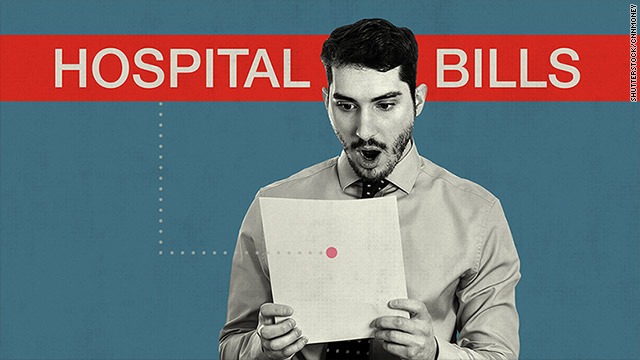How to Keep Normal Labor Normal – Part 7 – Procedures
October 23, 2009Student’s Research: Energy Drinks Don’t Improve Performance
October 23, 2009The Grass Is Not Always Greener: A Look at National Health Care Systems Around the World – Part 6 – Japan
In the midst of our national debate about healthcare reform, people on both sides of the debate seem to pick and choose among the facts and myths about the nationalized healthcare available in a number of other countries. The fact is that every nationalized health care system in the world is battling issues of rapidly rising costs and decreasing access to care. But, these systems also have some very attractive benefits. So, let’s take a look at the pro’s and con’s of the Japanese system.
Michael Tanner, the director of health and welfare studies at the Cato Institute, is the coauthor of Healthy Competition: What’s Holding Back Health Care and How to Free It and the author of this series:
Japan has universal health insurance based around a mandatory, employment-based insurance.
“The Employee Health Insurance Program requires all companies with 700 of more employees to provide workers with health insurance among some 1,800 ‘society-managed’ plans. Nearly 85% of these plans cover a single company … Most of the rest of the [health insurance plans] are industry-based.”
Small business workers join a government-run small business national insurance plan. The self employed and retirees are covered by the Citizens Insurance Program administered by municipal governments.
Japan has very generous health insurance benefits, significant provider choice, and high quality medical technology, but costs are not as high in the U.S.
One reason for this is a significant level of cost sharing. The average Japanese household spends $2300 per year on out-of-pocket health care expenses (this figure excludes the payroll taxes used to finance health insurance premiums).
Other reasons for lower health care costs is a healthy life-style, a lower incidence of disease and a general Japanese cultural aversion towards invasive procedures.
Another reason for lower costs is that the Japanese government sets a reimbursement fee schedule for all physician services. This has resulted in “assembly line medicine” where “two-thirds of patients spend less than 10 minutes with their doctor; 18 percent spend less than 3 minutes.”
Funding. The health insurance plans are funded by an 8.5% (for large business) or an 8.2% (for small-businesses) payroll tax . The small business national health insurance program is also supplemented by government funds. The payroll taxes are split almost evenly between the employer and the employee. Sometimes these funds are not sufficient to cover costs. In 2003, more than half of the insurance plans at large firms lost money and many companies are now joining industry-based plans. Those who are self-employed or retired must pay a self-employment tax. The Roken is financed by contributions from the Employee Health Insurance Program, the small-business national health insurance, and the Citizens Insurance Program. The elderly do not contribute to this plan.
Private Insurance. Very few Japanese use private, supplemental insurance. Private supplemental insurance pays for less than 1% of health care costs.
Physician Compensation. Hospital physicians are salaried employees but nonhospital physicians are paid on a fee-for-service basis. Hospitals and clinics are privately owned but the government sets the fee schedule, just as it does for private physicians. The fee-setting system, however, is very corrupt since there are over 3000 procedures whose price needs to be set. For instance, “[i]n 2004, a group of dentists was indicted for bribing the fee-setting board.”
Physician Choice. There are no restrictions on physician or hospital choice and no referral requirements.
Copayment/Deductibles. Copayments are 10% to 30%, but generally closer to 30%. Copayments are capped at $677 per month for the average family.
Technology. Japan has high levels of technology. Patients have just as much access to MRI and CT units as in the U.S. Further, because the government imposes a fee schedule, competition is based solely on technology (there is no price competition).
Waiting Times. Waiting times are a significant problem at the best hospitals. Since the best hospitals can not charge higher prices there will be a queue. Many hospitals have been known to accept “under the table” payment to see patients quicker. Thus, the market may be working, whether or not policy makers want it to do so.
Benefits covered. Very generous.
Here are links to the entire series: The Grass Is Not Always Greener: A Look at National Health Care Systems Around the World




0 Comments
Great information that is much appreciated. Thank you for providing such interesting content.